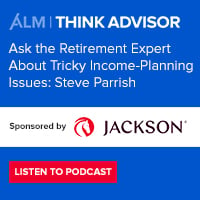While stop-loss insurance can be a complex and sometimes confusing topic, it enables employers to wrest control of rising employee health benefit costs. But when placing such coverage for a self-funded plan, it's critically important to read the fine print and look beyond spreadsheet premiums for a high quality product. Without a concept called plan mirroring, carriers will audit to their stop-loss contracts, resulting in potential coverage gaps, according to Marla Kolbeck, director of stop-loss relationships for UMR, Inc., a UnitedHealthcare ASO solution.
She explains that this approach closes any loopholes by ensuring that a stop-loss contract works hand in glove with the medical plan document to eliminate any surprises. Two types of stop-loss coverage are specific coverage involving a single claimant and aggregate coverage, which protects against the accumulation of many claims exceeding an agreed upon level. An additional level of protection includes aggregating a specific coverage deductible.
With so many MGUs and stop-loss carriers to choose from, Kolbeck says in an interview that there are notable offerings that differentiate service providers. One such example is advanced funding, which protects employers from unplanned cash flow fluctuation by holding the plan sponsor's provider payments for medical claims processed for individuals whose covered claims exceed the specific stop-loss deductible. Another is an experience refund, which is the portion of an insurance company's premiums or profits to be returned to the policyholder if loss experience is better than expected.
To listen to more Self-Funding Benefits Talk, click here.
© 2024 ALM Global, LLC, All Rights Reserved. Request academic re-use from www.copyright.com. All other uses, submit a request to [email protected]. For more information visit Asset & Logo Licensing.








